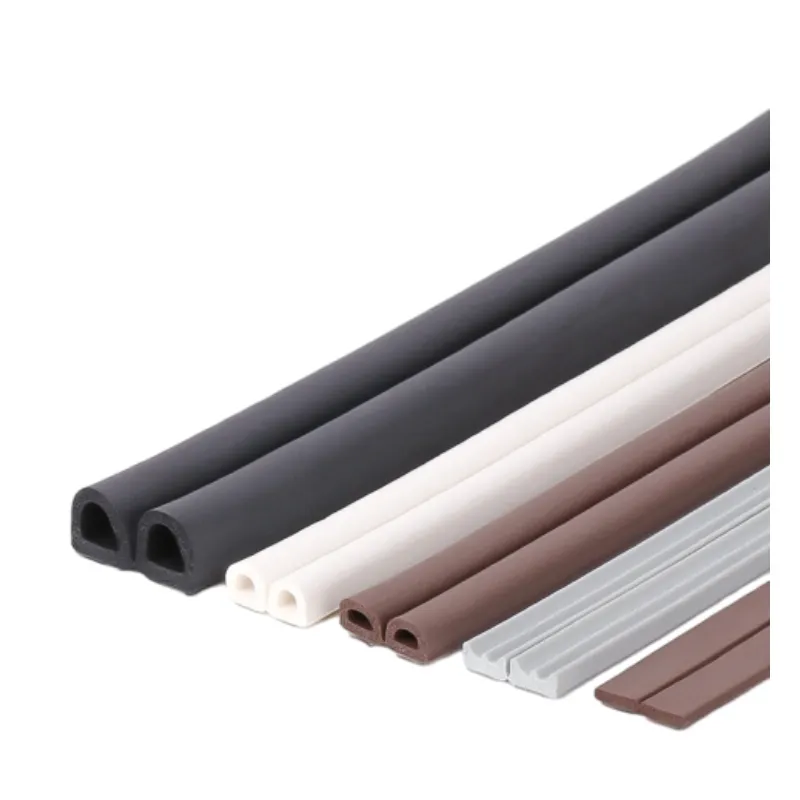draught strip for bottom of doors
Understanding Draught Strips for the Bottom of Doors
In today's world, energy efficiency and comfort in our living spaces have become paramount. One of the often-overlooked components that can significantly impact both is the draught strip for the bottom of doors. These simple devices serve a vital role in sealing gaps, preventing air leaks, and enhancing the overall efficiency of heating and cooling systems in homes and offices.
What is a Draught Strip?
A draught strip, also known as a weatherstrip or door sweep, is a material or device fitted to the bottom edge of a door to block drafty air infiltrations. These strips can be made of various materials, including rubber, foam, vinyl, or even metal, and are designed to fill the gap between the door and the floor when the door is closed. Their primary function is to create a barrier against outside air, dust, moisture, and insects, improving the indoor environment.
Benefits of Using Draught Strips
1. Energy Efficiency One of the most significant advantages of installing draught strips is the improvement in energy efficiency. By sealing gaps, draught strips prevent conditioned air from escaping, thus reducing the workload on heating and cooling systems. This leads to lower energy bills and a smaller carbon footprint.
2. Comfort A well-sealed door creates a more comfortable indoor environment. Without draughts, spaces are less likely to experience cold spots or hot areas, providing a consistent temperature throughout a room. This is particularly important during extreme weather conditions, whether it be the scorching heat of summer or the biting cold of winter.
3. Noise Reduction Draught strips can also contribute to noise insulation. By sealing small gaps at the bottom of doors, they help to minimize the transmission of sound between rooms. This is especially beneficial in multi-family homes or offices where quiet environments are desired.
4. Protection from Pests Another practical benefit is that draught strips can help keep out unwanted pests. Insects and small rodents often find their way indoors through tiny openings. By sealing these gaps, you reduce the likelihood of infestations, ensuring a cleaner and more hygienic living or working space.
Types of Draught Strips
Draught strips come in various types to suit different door sizes, styles, and materials. Here are a few common types
- Adhesive Weatherstrips These are easy to install and typically come as rolls that you can cut to fit. They adhere directly to the door bottom or the floor. - Brush Strips These feature a strip of bristles that flex slightly when the door closes, allowing for a tight seal without hindering the door's operation. They are particularly effective for doors that are frequently opened.
draught strip for bottom of doors

- Rubber or Vinyl Sweeps These are usually fixed to the bottom of the door and provide a solid seal. They are durable and work well for exterior doors.
- Metal Sweeps Often used for commercial applications, these provide a strong and long-lasting seal. They are especially effective in high-traffic areas.
Installation Tips
Installing a draught strip is generally a straightforward DIY task. Here are some steps to ensure effective installation
1. Measure the Gap Use a ruler or measuring tape to determine the size of the gap between the door and the floor.
2. Choose the Right Strip Select a draught strip that is appropriate for the gap size and the type of door you have.
3. Clean the Surface Ensure that the bottom of the door and the area where the strip will be applied are clean and dry.
4. Cut to Size If necessary, cut the draught strip to match the width of the door.
5. Attach Follow the manufacturer's instructions for securing the draught strip in place, ensuring a tight seal.
Conclusion
Investing in draught strips for the bottom of doors is a small yet impactful way to enhance energy efficiency, comfort, and cleanliness in your home or office. With various options available, there is a suitable solution for every door type. By sealing those pesky drafts, you not only improve your living conditions but also contribute to a more sustainable environment.
-
Under Door Draught Stopper: Essential ProtectionNewsJul.31,2025
-
Garage Door Seal and Weatherstrips for ProtectionNewsJul.31,2025
-
Edge Banding Tape for Perfect EdgesNewsJul.31,2025
-
Table Corner Guards and Wall Corner ProtectorsNewsJul.31,2025
-
Stair Nose Edging Trim and Tile Stair SolutionsNewsJul.31,2025
-
Truck Bed Rubber Mats for Pickup BedsNewsJul.31,2025
-
Window Weather Stripping for Noise ReductionNewsJul.29,2025